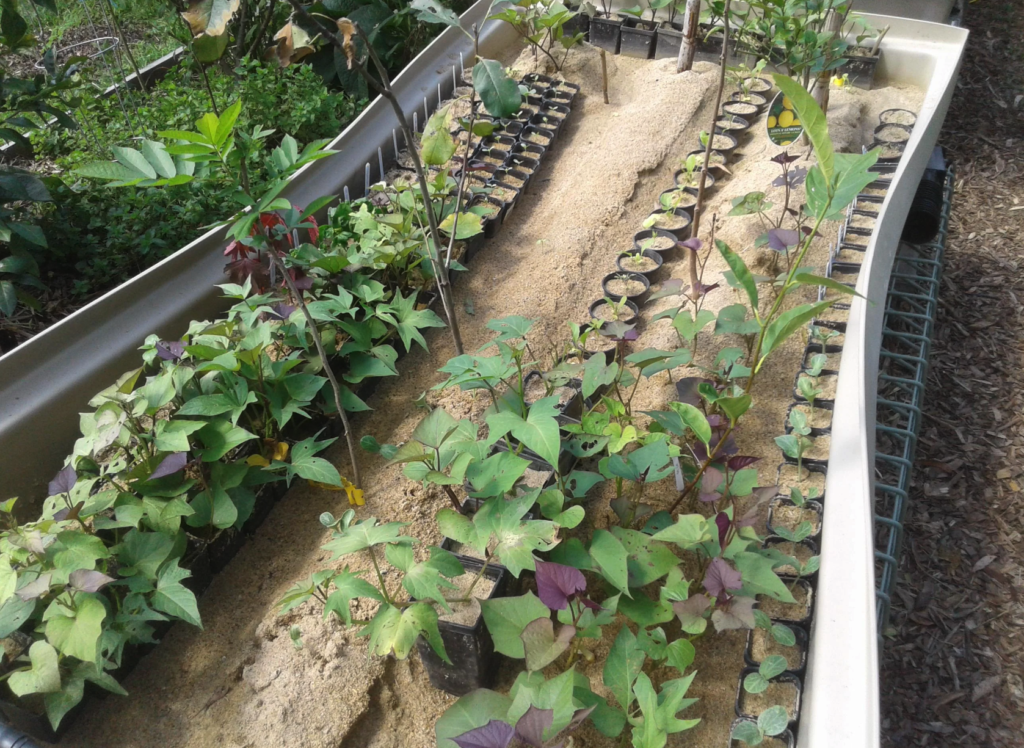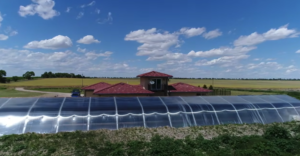What are the Risks of Standing Water at the Bottom of an Aquaponics Grow Bed?

Standing water at the bottom of a grow bed in an aquaponics or sandponics system can pose several risks and potential problems. Here are some of the risks associated with standing water:
- Oxygen Deprivation: Standing water can lead to reduced oxygen levels in the root zone of plants. Oxygen is essential for healthy root development and the overall growth of plants. Insufficient oxygen can result in root rot, suffocation, and decreased plant vigor.
- Anaerobic Conditions: When water is stagnant and lacks proper oxygenation, it creates an environment conducive to anaerobic bacteria growth. Anaerobic conditions can lead to the production of harmful byproducts, such as hydrogen sulfide and other toxic gases, which can be detrimental to plant roots and overall system health.
- Nutrient Imbalances: Standing water can disrupt the nutrient cycling and availability in the grow bed. Excess water can cause nutrients to become concentrated and imbalanced, leading to nutrient deficiencies or toxicities for the plants.
- Algae Growth: Stagnant water provides an ideal environment for algae growth. Excessive algae can compete with plants for nutrients, light, and oxygen, negatively affecting plant growth and system performance.
- Disease and Pest Risks: Standing water can increase the likelihood of disease development and pest infestations. Moist conditions can create a breeding ground for harmful pathogens, fungi, and pests that can harm plant roots and compromise the overall health of the system.
To mitigate the risks associated with standing water in a grow bed, it is important to ensure proper water flow and drainage. Here are some steps to consider:
- Adequate Drainage: Ensure that the grow bed has proper drainage, allowing excess water to flow out and prevent water from accumulating at the bottom. This can be achieved through the use of drainpipes, gravel or sand layers, or a sloping design that facilitates water movement.
- Regular Monitoring: Regularly check the water levels in the grow bed and ensure that water is flowing properly. Monitor the condition of the plants, root health, and signs of any water-related issues.
- Oxygenation: Maintain sufficient oxygen levels in the root zone by ensuring proper aeration and water movement. This can be achieved through the use of air stones, water pumps, or other aeration devices to promote oxygen exchange.
- Prevent Algae Growth: Control algae growth by reducing light exposure to the water, maintaining proper nutrient levels, and considering the use of algae control measures if necessary.
By addressing these risks and implementing appropriate measures, you can promote a healthier and more productive aquaponics system. Regular monitoring, proper water flow, and good management practices will help maintain optimal conditions for plant growth and overall system health.







